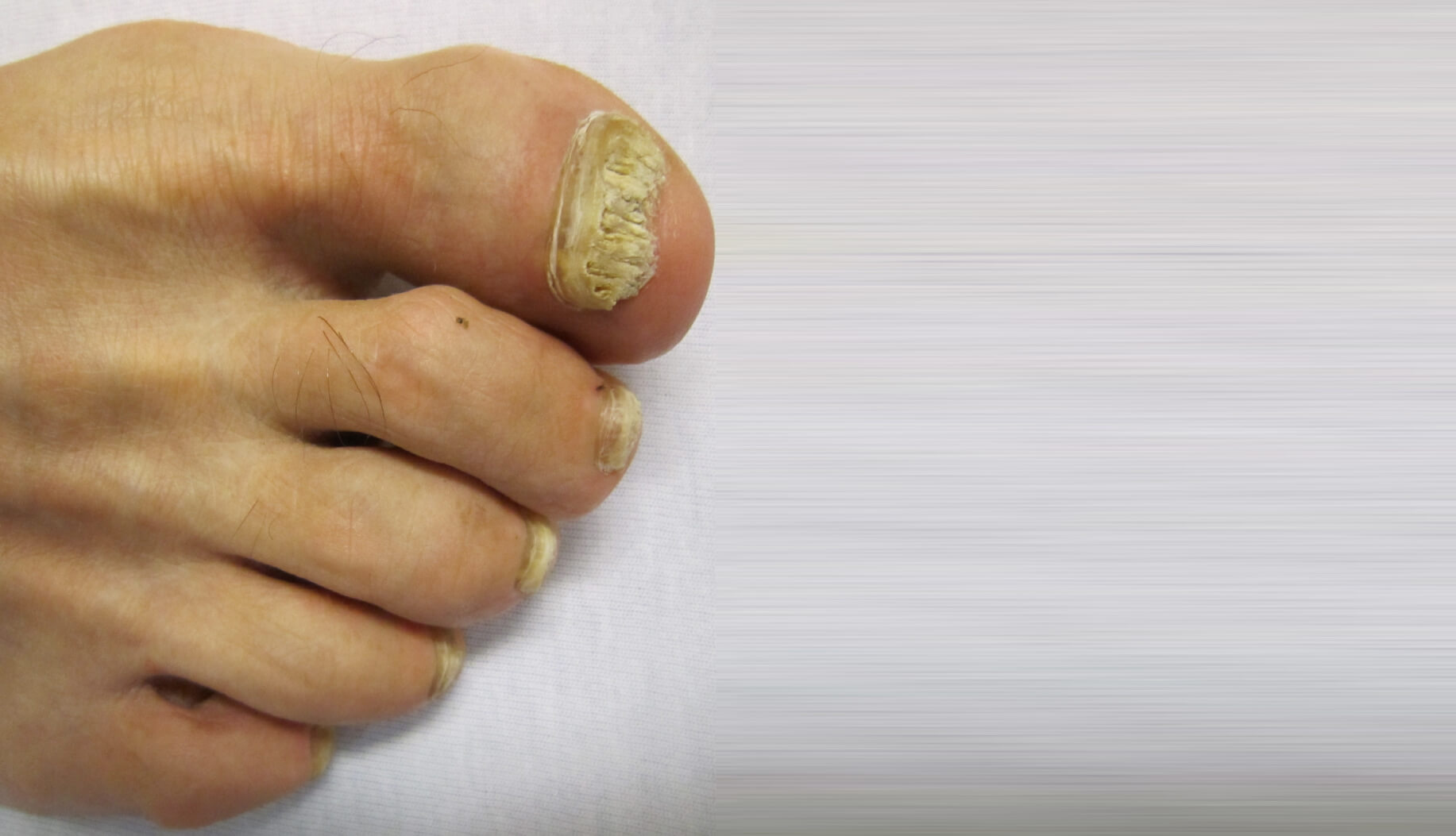
Posted date on Jan 10, 2017
Learn About Fungal Toenail Infections
Nail fungal infections aren’t exactly uncommon and can be found both in tropical as well as temperate countries. The fungus gets in through minute cracks in the skin or nail bed and can cause the nails to discolor and lose their texture or thicken and start crumbling from the edges. They could also become warped or distorted or even lead to in-growing toenails. If left untreated, it could spread to other toenails and cause pain. Nail fungal infection is known as onychomycosis and in cases where the nail becomes separated from the nail bed, it’s known as onycholysis.
As the fungus grows deeper, nails may become split or blackened due to the collection of dead cells and debris underneath them. In people with underlying diseases like diabetes or low immunity, the infection could spread further into the skin from the nail bed. Although self-care and prescription medications may help, fungal infection is usually difficult to get rid off completely and keeps recurring.
If self-care doesn’t work out, (which is usually what happens!) you may need to consult a dermatologist who has expert knowledge on treating fungi. They might scrap off a part of the affected nail for lab analysis in case there is any doubt. Nail infections are mainly caused by dermatophyte fungus but in rare cases, yeasts and molds may also get involved.
People whose family members have the infection stand a greater chance of getting it; also, people who are smokers or are older or spend a long time with wet feet are all more prone to it. People who have psoriasis, Athletes foot or those living in warm moist environments or spending long hours in damp communal areas such as gyms, swimming pools, and shower rooms do have an increased chance of getting their nails infected. Toes usually have less blood flow as compared to the fingers, therefore making it harder for the body’s defense system to detect and eliminate these fungi.
The line of treatment your dermatologist chooses for you depends on the extent of the infection. A combination of medications or a single option may be offered by your doctor. In milder cases, a topical cream applied directly on the nail or a nail lacquer may be recommended. In bad cases, an anti-fungal pill may be added and in worst-case scenarios, the whole nail or the damaged area of the nail may have to be removed surgically.
Lastly, as always, prevention is better than cure. So take care of your feet, keep them clean and dry; wear shoes that allow for air circulation and change your socks frequently. And just because your nails look discolored, don’t cover them up with nail polish, see a dermatologist instead!




